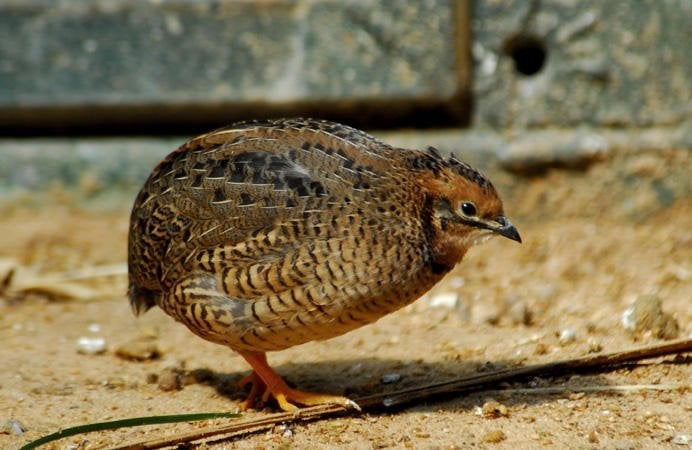Comment: This study on sexual conditioning in quail shows that males can be sexually conditioned to a substitute for a real sexual partner (a terry cloth object). Interestingly, those who copulate (i.e., “show a consummatory response”) using the object continue to find it arousing, whether or not they have access to regular sexual opportunities with real females.
The conditioned approach behavior of male quail [who copulated with the object] did not show much, if any, decline during the course of extinction trials whether or not the males received access to a female in their home cages during the extinction phase.
Similarly, many men who condition their sexual arousal to artificial stimuli (porn), and later acquire sexual partners, report continued (sometimes even compulsive) use of porn.
Those quail that received no access to females appeared to develop a compulsive use of the object (more frequent copulation). The frequency of their copulation with the object increased significantly. In short, the artificial stimulus became a primary stimulus, akin to a real partner, but apparently less satisfying.
The researchers discuss the implications of their research for masturbation addiction/compulsivity, which is one of the main problem areas in CSBD (Compulsive Sexual Behavior Disorder).
If fundamental needs of individuals are not satisfied like relatedness, intimacy and sexual relationship with a loved one, they may resort to substitute satisfaction. Any object or act which may provide an opportunity for sexual consummatory responses may provide sensory reinforcement leading to compulsively engaged masturbatory activity or fetishistic behavior.
…Copulating with the substitute object is not entirely satisfying and does not entirely eliminate the need state. Therefore, the need state of participants in the No female subgroups gradually increases during extinction phase. This in turn results in a corresponding increase in conditioned copulatory responses to the [substitute, conditioned stimulus]. Our model predicts that this escalation of sexual [consummatory responses, copulations] will be only observed if (1) animals are deprived of a biologically significant [stimulus] (live female), (2) the deprivation creates an increasing need for that [stimulus], and (3) there is a substitute object that participants can copulate with to reduce their need state.
https://doi.org/10.1007/s10508-020-01906-5
Falih Köksal1 · Gülsen Kumru2 · Can Anarat2 · Michael Domjan3 · Nur Yeniçeri2
Received: 4 March 2019 / Revised: 5 December 2020 / Accepted: 11 December 2020
Abstract
Previous experiments showed that following acquisition of an association between a terry-cloth object conditioned stimulus (CS) and a live female unconditioned stimulus (US), male quail increased the frequency of their copulations with the inanimate CS during subsequent CS-alone (extinction) trials. The present experiment was conducted to identify the potential factors responsible for this unexpected increase in conditioned sexual behavior during extinction. A total of 57 naïve male quail were given pairings of a terry-cloth CS with a live female during acquisition. A total of 36 of these quail (the approach responders) showed only conditioned approach response to the CS object, whereas the remaining 21 quail (the consummatory responders) also displayed copulatory or consummatory responses to the CS. In the extinction phase, these two sets of quail were divided into two subgroups: one subgroup received a female in their home cages while the other did not. Consummatory responders that were not exposed to a female quail in the home cage showed a significant increase in conditioned consummatory responding as the extinction trials progressed (i.e., compulsive conditioned sexual responding), whereas the other subgroup showed no change. However, both subgroups showed resistance to extinction in both conditioned approach and consummatory behavior. These findings indicate that the increase in copulation with the terry-cloth CS during extinction is possibly caused by US deprivation. The findings also suggest that conditioned copulation with the terry-cloth CS may lead to partial drive satisfaction, which may contribute to persistence of the behavior. Implications of these findings for paraphilias and compulsive sexual behavior are discussed.
